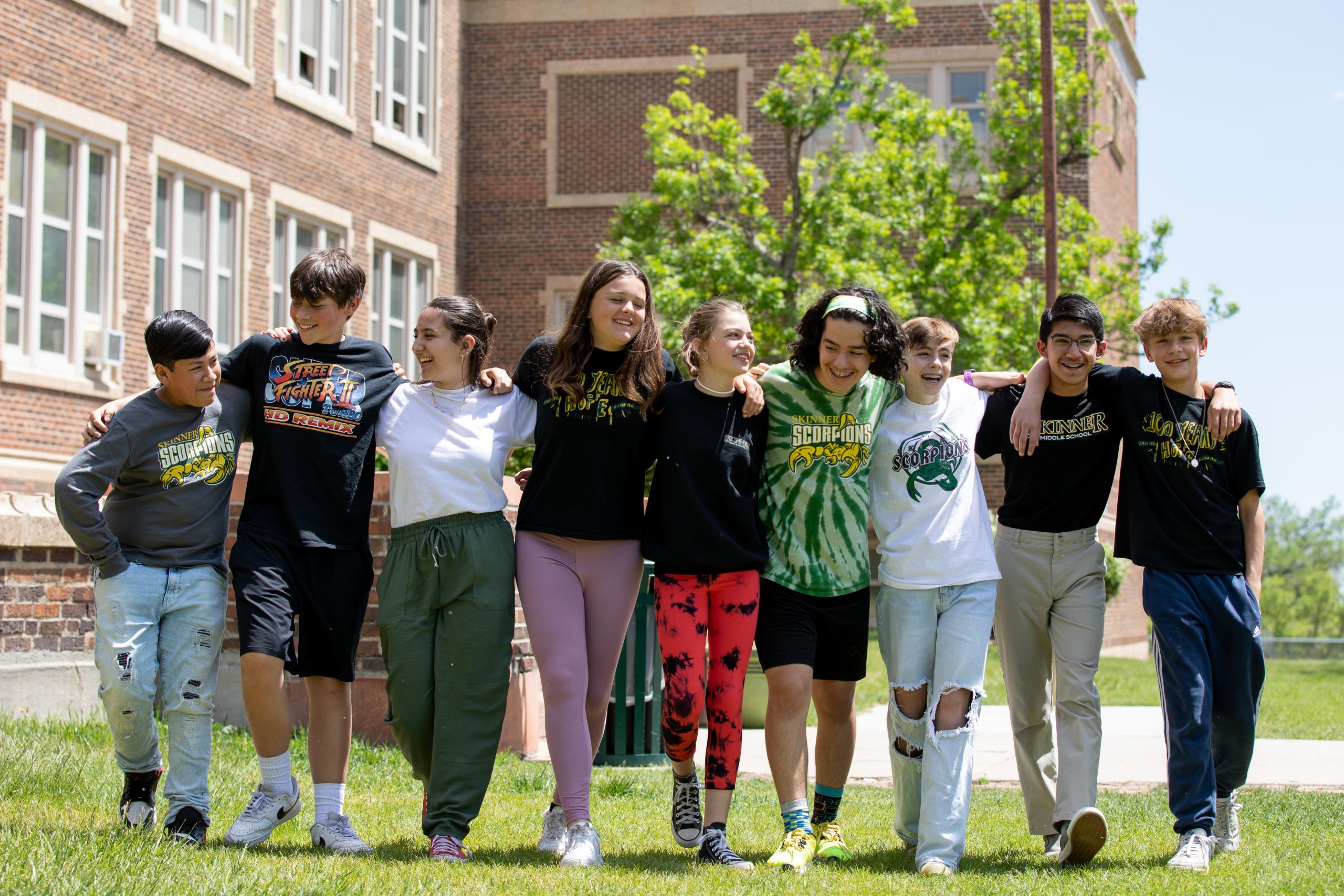
The DPS SchoolChoice open enrollment process is for any student who wants or needs to attend a new school for the following school year, particularly “transitioning” students (incoming kinder, sixth- and ninth-grade students). All incoming ECE-3 students, as well as incoming students who reside in an enrollment zone, must complete a SchoolChoice application.
Please note:
Early Childhood Education (ECE): Incoming ECE-4 students should also complete the Colorado Universal Preschool application to apply for funding.
Enrollment Zones: Incoming students who reside in an enrollment zone must participate in SchoolChoice.
Kindergarten through 11th grade: Generally speaking, if your student is currently in kindergarten through 11th grade and will be staying at their current school for 2025-26, you do not have to fill out a SchoolChoice application. (Note: In some cases, a student who wishes to stay at their current school will be asked to submit a SchoolChoice application. This might include students at ECE-8 or 6-12 schools. Families are notified by DPS before Round 1 if this is the case.)
The Round 1 SchoolChoice window for 2025-26 was Jan. 15 through Feb. 18, 2025. We highly encourage families to participate in Round 1 for the best chance of getting matched to your preferred school. However, if you missed Round 1, would like to re-explore your options, or are new to DPS for the 2025-26 school year, you can participate in Round 2.
Prepare for SchoolChoice
First, to prepare for SchoolChoice, learn more about schools in which you might be interested, starting with your neighborhood school. Check out the School Finder, read the Enrollment Guides and talk to schools you are interested in.
All kindergarten through 12th-grade students are guaranteed a seat at either their neighborhood (boundary) school or, if living within an enrollment zone, are guaranteed a seat at one of the schools within that zone. If you "choice" out of your boundary school or enrollment zone, your current school of enrollment is your new right-to-attend school. To find your neighborhood school or to learn if you live in an enrollment zone, enter your address at School Finder.
Submit Your Application
Create an account or, if you're a parent of a current DPS student, use your Parent Portal username and password to log in to the SchoolChoice application. Then, rank up to 12 of your most-preferred schools anytime during the month-long Choice window. For the 2025-26 school year, the Round 1 application was open from 10 a.m. on Jan. 15 to 4 p.m. on Feb. 18. Families can submit one Choice application per student. For step-by-step instructions, review the application guide.
The Matching Process
Following Round 1, when all applications have been submitted, the Choice algorithm will randomly assign all participating students a lottery number between 1 and 1 million. Students are also assigned a priority level for each of the schools they selected based on pre-determined priority categories published by each school.
The algorithm will then rank and stack students within each priority category based on their randomly assigned lottery number. This produces an ordered list of students for every grade at every school. The system then allocates seats to students based on the order in which they fall on this list; the system then assigns waitlist numbers to all students who do not obtain a seat in order of how they were ranked and stacked.
